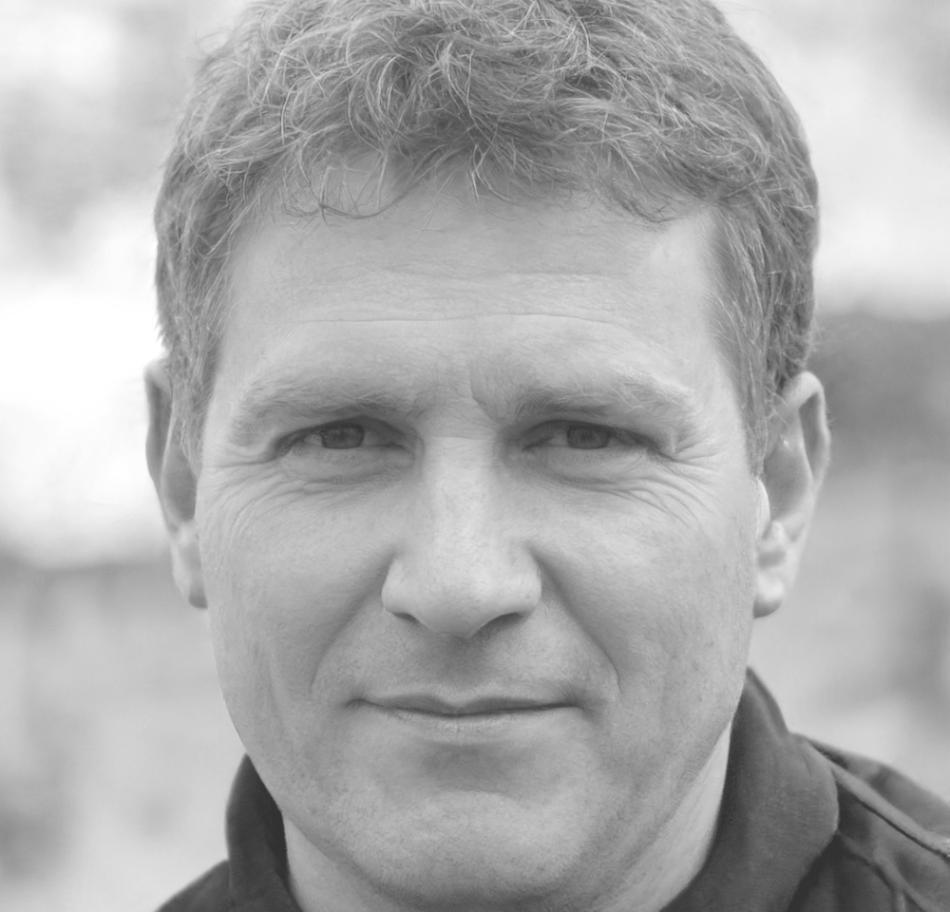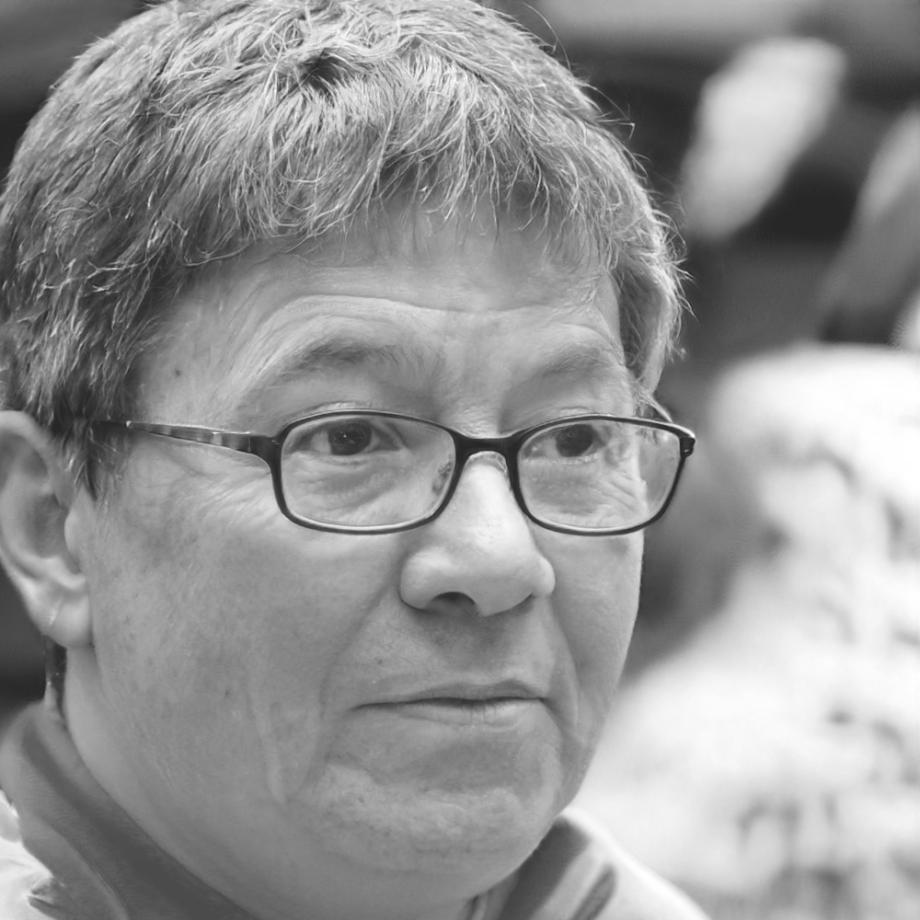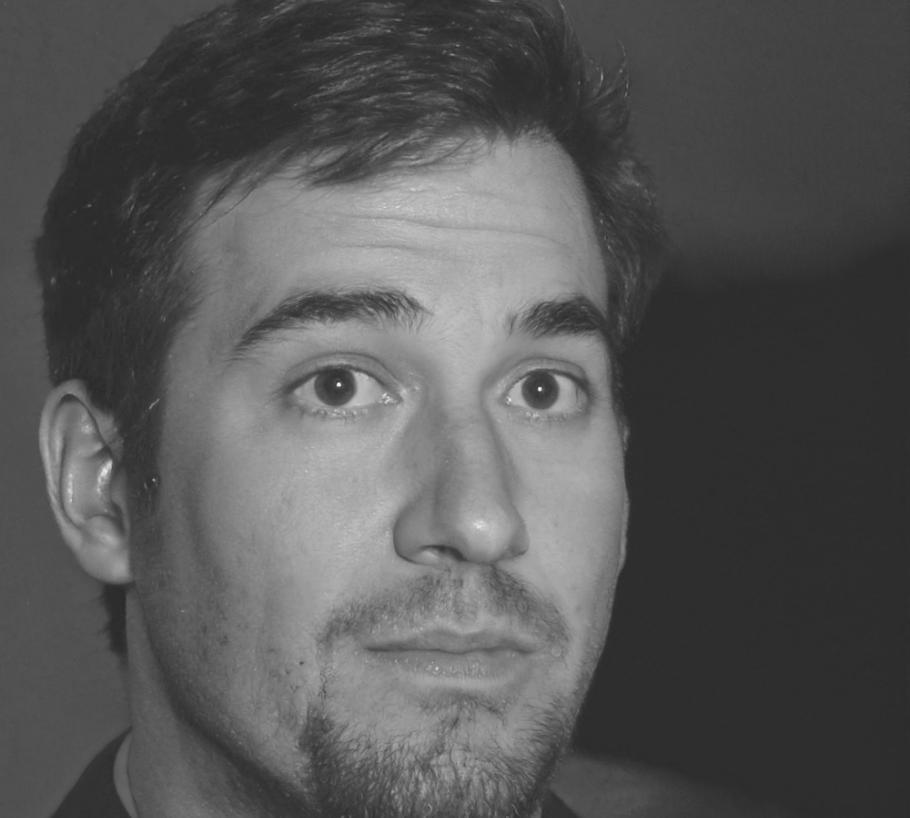Financial Scenario Modeling Workshop
Most finance professionals wing it when modeling business scenarios. We'll show you how to build frameworks that actually hold up when markets shift and assumptions fall apart.
Start Your ApplicationWhat You'll Actually Learn
Forget theory-heavy courses. This program focuses on real modeling work that finance teams use when stress-testing strategies and planning for uncertainty.
Build Adaptive Models
Create financial scenarios that adjust as variables change. You'll learn to structure models that don't break when one assumption shifts.
Test Market Volatility
Work with historical data to simulate different market conditions. See how portfolios behave under stress before it happens in real life.
Communicate Uncertainty
Numbers mean nothing if stakeholders don't understand them. Learn to present scenario ranges in ways decision-makers can actually use.
Practical Tool Training
Get comfortable with Python libraries and Excel techniques that speed up modeling work. No need to code from scratch when better tools exist.
Case Study Analysis
Review real scenarios from Taiwan's financial sector. Understanding what worked and what didn't beats guessing when building your own models.
Peer Collaboration
Work alongside other finance professionals tackling similar challenges. Some of the best insights come from comparing approaches with your cohort.

Why Scenario Modeling Matters Now
Taiwan's financial landscape has gotten more complex. Interest rate shifts, regulatory changes, and market volatility mean static forecasts don't cut it anymore.
Companies need professionals who can map multiple futures and help leadership understand trade-offs. That's not a skill you pick up from a textbook.
This workshop runs for 14 weeks starting September 2025, with weekend sessions designed around working professionals' schedules.
Learn From Practitioners
Our instructors actually build scenario models for financial institutions. They're teaching you the methods they use every week, not academic theories they read about.

Kieran Thorpe
Quantitative FinanceSpent a decade building risk models for regional banks. Now helps teams implement scenario planning frameworks that work in practice.

Sienna Voss
Portfolio StrategyWorks with asset managers across Asia on stress testing and volatility modeling. Knows which techniques actually predict outcomes and which just look impressive.

Ruben Kask
Forecasting SystemsBuilt scenario models for fintech startups and traditional banks. Focuses on making complex projections accessible to non-technical stakeholders.

Leif Strand
Regulatory ModelingHelps institutions meet compliance requirements while maintaining flexible scenario planning. Understands the balance between regulatory expectations and practical needs.
Program Structure
Foundations and Framework
Start with the basics of probability distributions and variable relationships. You'll build simple scenarios before tackling complex models. No point running before you can walk.
Model Construction
Build multi-variable models that reflect real market conditions. Learn to connect assumptions in ways that mirror actual financial relationships and interdependencies.
Stress Testing Methods
Apply your models to historical crises and hypothetical shocks. See how different assumptions affect outcomes and learn to identify fragile points in projections.
Presentation and Application
Turn your analysis into recommendations that non-technical stakeholders can understand and act on. Practice explaining uncertainty without losing credibility.
Applications for our September 2025 cohort open in June. Classes meet Saturday mornings at our Songshan District location, with optional evening labs on Wednesdays.
Request Program Details